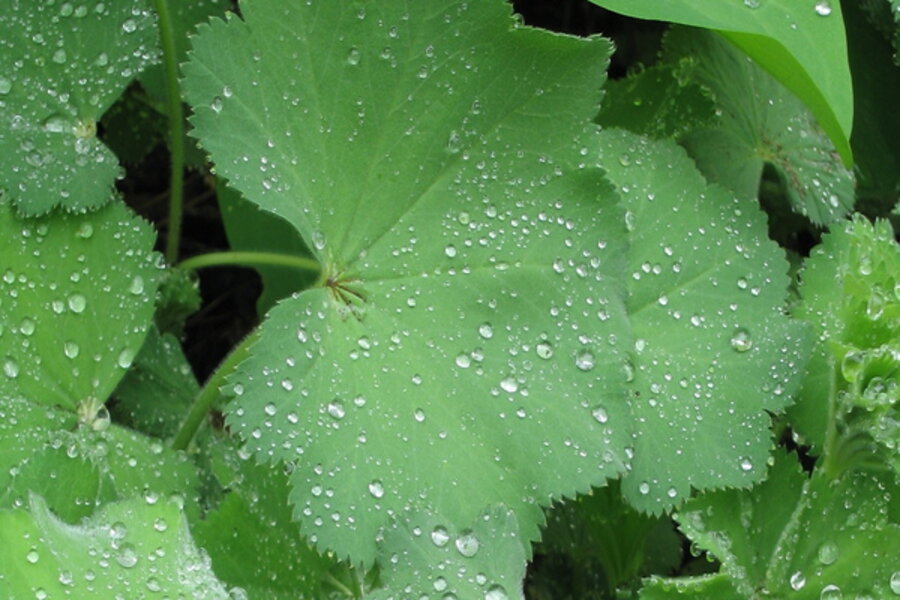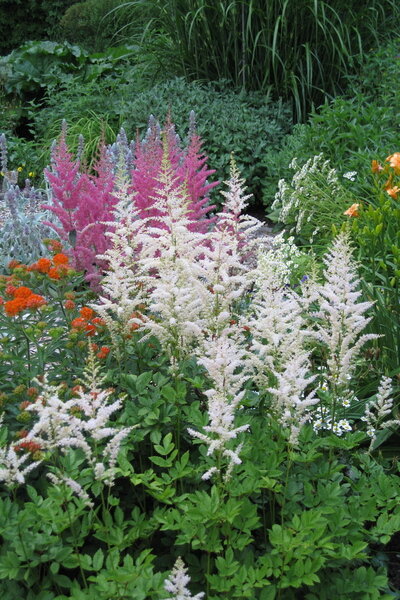How to find the right place for a plant
Loading...
It must be tough to be a garden plant. No matter how pumped you are to be your very best, you can’t get far in life if your gardener doesn’t give you what you need.
And sometimes, frankly, we gardeners let our plants down.
In the early years of my ornamental gardening experimentation, I bought a lot of plants I liked a great deal and proceeded to … kill them.
No, I wasn’t traumatized by a Schefflera at a young age and attempting revenge. I had moved into a house on a “light challenged” lot, and I was trying to determine the limits of their shade tolerance … the hard way.
I subjected them to inadequate light, and, of course, they expired.
What do plants need?
I feel kind of guilty about it now, but all that “horticide” did have a point: I learned that understanding how to interpret cultural recommendations for plants is key to successful gardening.
Thousands of column inches have been devoted through the years to the topic of “right plant, right place.” In fact, a whole book — a good one — has been written about it.
The idea is a simple one: select plants by matching their needs to the growing conditions in the landscape.
At the simplest level, this means not putting plants that need good drainage in, say, the spot where the downspout empties. But in practice there’s a lot more subtlety to the concept.
Everyone knows that astilbes are shade plants, right?
Not quite. Here in Connecticut, to get a truly good floral display on astilbes, you need to grow them in at least half sun. Anything less, and the flowers get paltry and spotty.
So what gives?
North versus South
In a word, latitude. Plants — even shade-adapted plants — need light, and the strength of the sunlight falling on any particular garden, as well as the number of hours per day the sun shines, depends on how far north or south the garden is.
As a broad generalization, in the South the sun shines more strongly over a longer part of the growing season than in the North. More sunlight means more energy available to sustain plant growth.
So, a plant that can get by very well with a lot of shade in the South because it’s still getting enough energy from the higher intensity (if indirect) light, might need a lot of direct sun in the North, where light levels overall are weaker. As you can see, the ideal situation for a plant can vary significantly depending on exactly where it’s grown.
But light levels are just one aspect of growing conditions.
Consider Alchemilla mollis, the extraordinarily beautiful lady’s mantle, a staple of many perennial gardens. Here in New England, lady’s mantle does beautifully in all but the hottest, sunniest locations.
Humidity and much more
But it’s one of a whole large group of plants that are said to “melt” for our gardening brethren down South. It’s not just a matter of light — it’s also humidity and air temperature … and perhaps whether you performed the right incantation at planting time.
Seriously, though, plants also respond differently to soil types, patterns of dry and wet weather throughout the year, air circulation, elevation, and a whole host of other factors that can vary dramatically even across relatively small geographic areas.
The USDA Hardiness Zone of a plant — often the only real cultural recommendation given on a plant tag or even in many reference books — is just the tip of the iceberg.
The lesson here is that when it comes to descriptions of the cultural needs of plants, gardeners need to learn to ask questions. Regional gardening forums online can be a good way of “crowd sourcing” gardening information.
Better yet, look around and see where things grow well in your area by visiting public gardens and arboretums or other people’s gardens.
When you’re trying to find the right place for a plant, realize that cultural recommendations are usually generalized for the entire country, and that it’s up to you to decipher them for your location.
Finally, experiment and don’t be afraid to move plants when they don’t seem to be doing well, because the test of all gardening advice is in the ground … but, I hope, not six feet under it!
-----
As the owner of A Shady Lady Garden Design, Amy Ziffer has been working with landscaping clients in western Connecticut since 1998. She’s a former editor at Fine Gardening magazine, a contributor to many magazines and books, and blogs at her own website. Her specialty is cold-climate ornamental gardening with a focus on the Northeast. In addition to liking horticulture, she’s fond of critters (wild and domestic), physics, math, and intense outdoor sports, especially in the cold and snow. To read more by Amy here at Diggin' It, click here.






